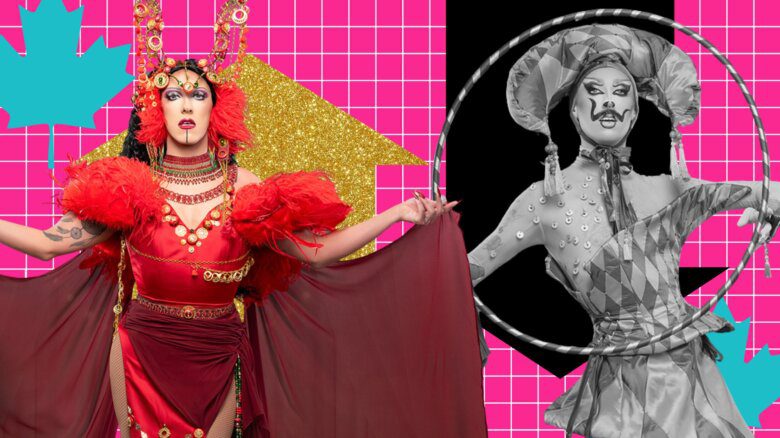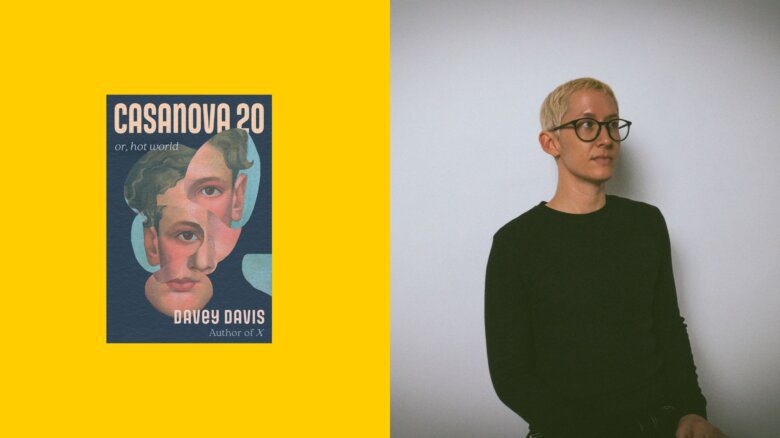There are some pretty scary storm clouds brewing in the Ottawa Art Gallery this month. Or at least, it may seem that way at first.
Toronto artist Ed Pien, whose series “A Mixing of Dreams” is layered across the gallery walls in ink and tissue paper, says his cloud-like images – run through with haunting faces – are not meant to be frightening.
“When I was a kid, walking past the temple, there was a really scary statue by the door,” explains the Taiwan-born creator of his contribution to the Gallery’s In Between Line and Form show.
“I was terrified, but the person I was walking with told me not to be afraid. The statue was actually a God and it had to be scary to ward off evil.”
He says that fear is largely perception and he challenges viewers to question their own ideas of evil. Pien draws on examples of Nazi propaganda about Jews during WWII and other groups of people such as gays or Chinese who have been projected as evil.
“I’m really interested in how we experience fear. I’m interested in our society in the way we can paint certain people so they’re intolerable, in order to create hatred,” he says, adding that he has experienced ignorance being both gay and Chinese. “Ask yourselves why are you afraid of some of [the faces?] Who decides when we need to be afraid?”
Pien’s other pieces attempt to blur the fine line between victim and attacker but, he admits, his work isn’t pretty.
“They’re often dark or aggressive,” says the former instructor at the Emily Carr Institute of Art and Design. “But I think people feel challenged.”
Sharing space at the gallery is Chinese-born Toronto artist Kai Chan. Chan’s work leans more toward the bizarre – at least in terms of his materials.
“My work is always abstract,” he explains of the incense sticks, buttons, gampi paper and bamboo that are all featured in his series. While each piece may seem like a random collection of a particular item, perceptions, objects and even people from Chan’s personal sphere make an appearance in his art.
A cluster of incense sticks protruding from the gallery wall, for instance, is intended to portray the difference between abstract and reality, using his partner’s face as a base.
“There’s two faces there, if you look closely at the root of the incense,” explains Chan of his piece, entitled “What it is I came for, I turn and turn, Part V.”
“Actually, it’s the same person, my partner, at two different stages. When he was 10 and now when he’s 57 years old.”
This image repeats itself inthe gampi paper of “What it is I came for, I Turn and Turn, Part IV.” A replica of Chan’s own jeans is represented as a series of rainbow-coloured toothpicks in “Rainbow Legs,” and his view of the Industrial Revolution, western society and changing times is portrayed in his wall-hanging button arrangements.
Chan’s work is concurrently on exhibit at the Canadian Museum of Civilization until September, where he will participate in Artist’s Talk Feb 28 at noon.
* Between Line and Form also exhibits the work of Martha Townsend and Sarah Stevenson and runs until Mar16.
 Why you can trust Xtra
Why you can trust Xtra


